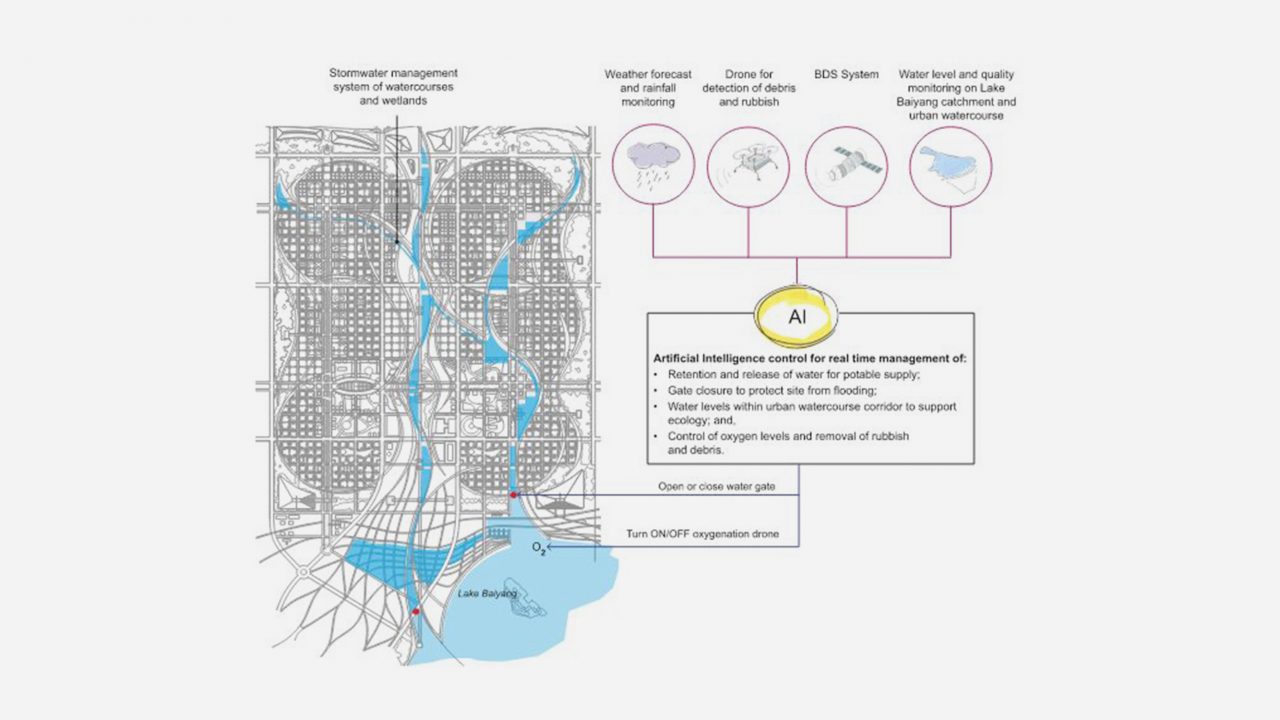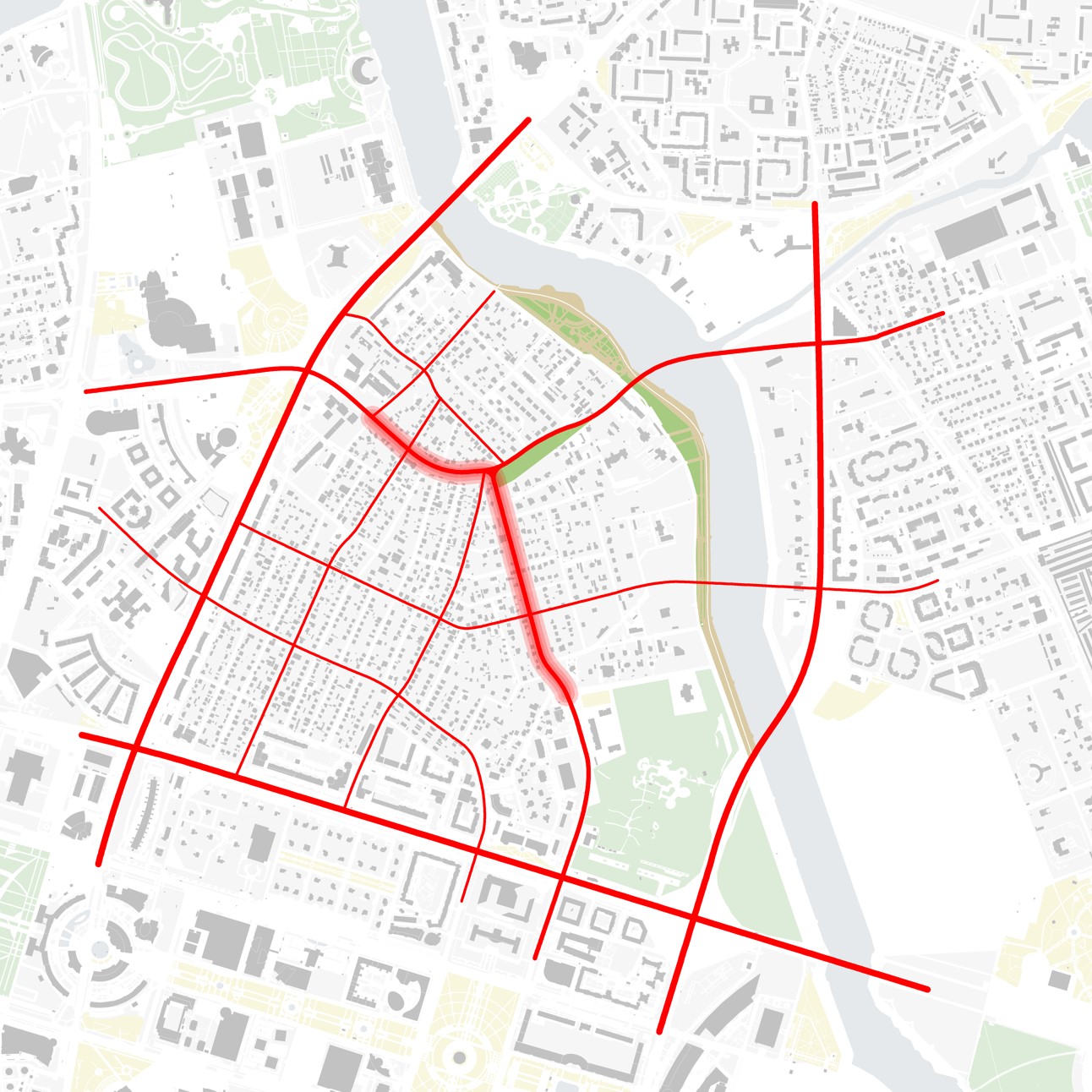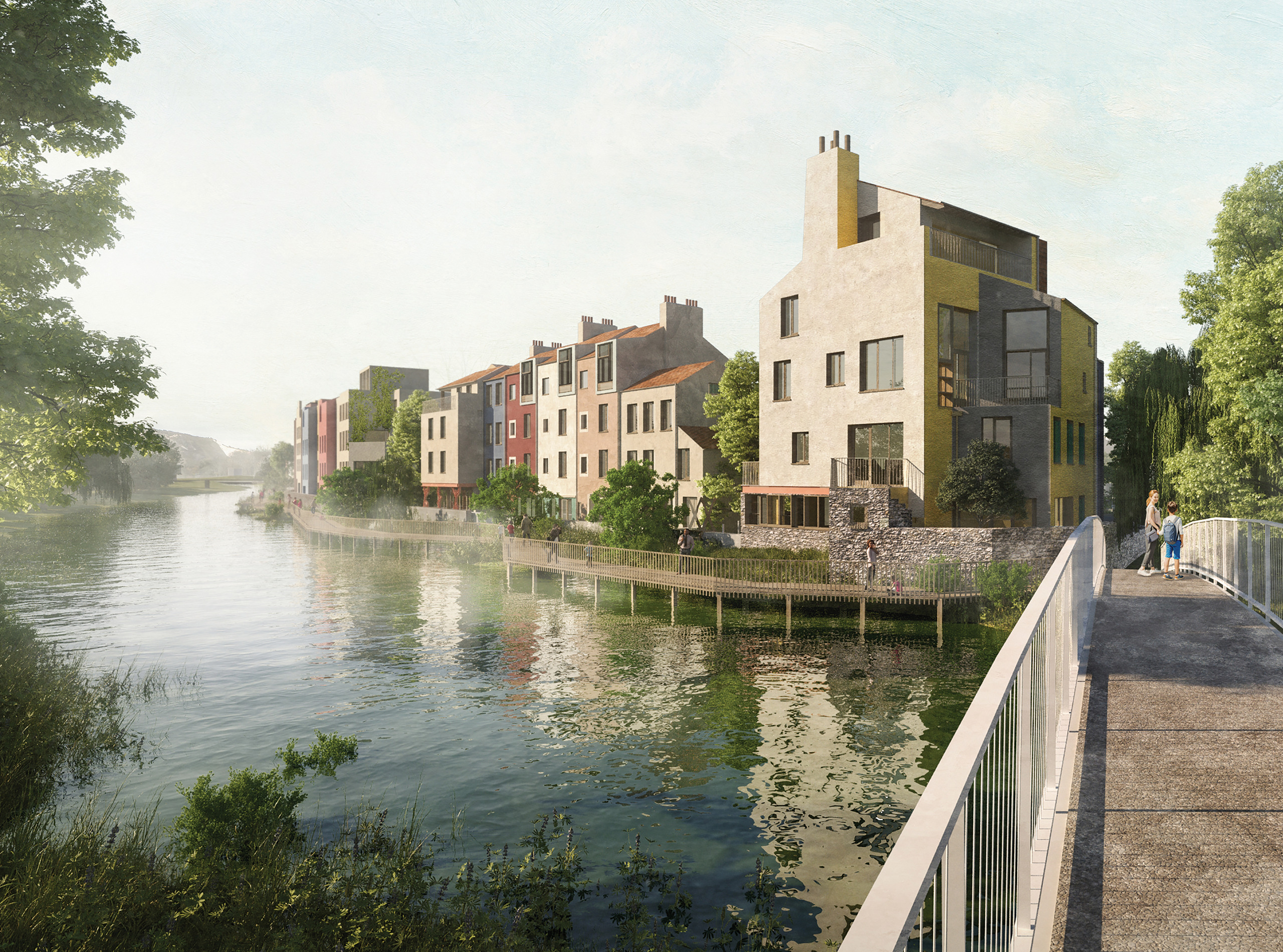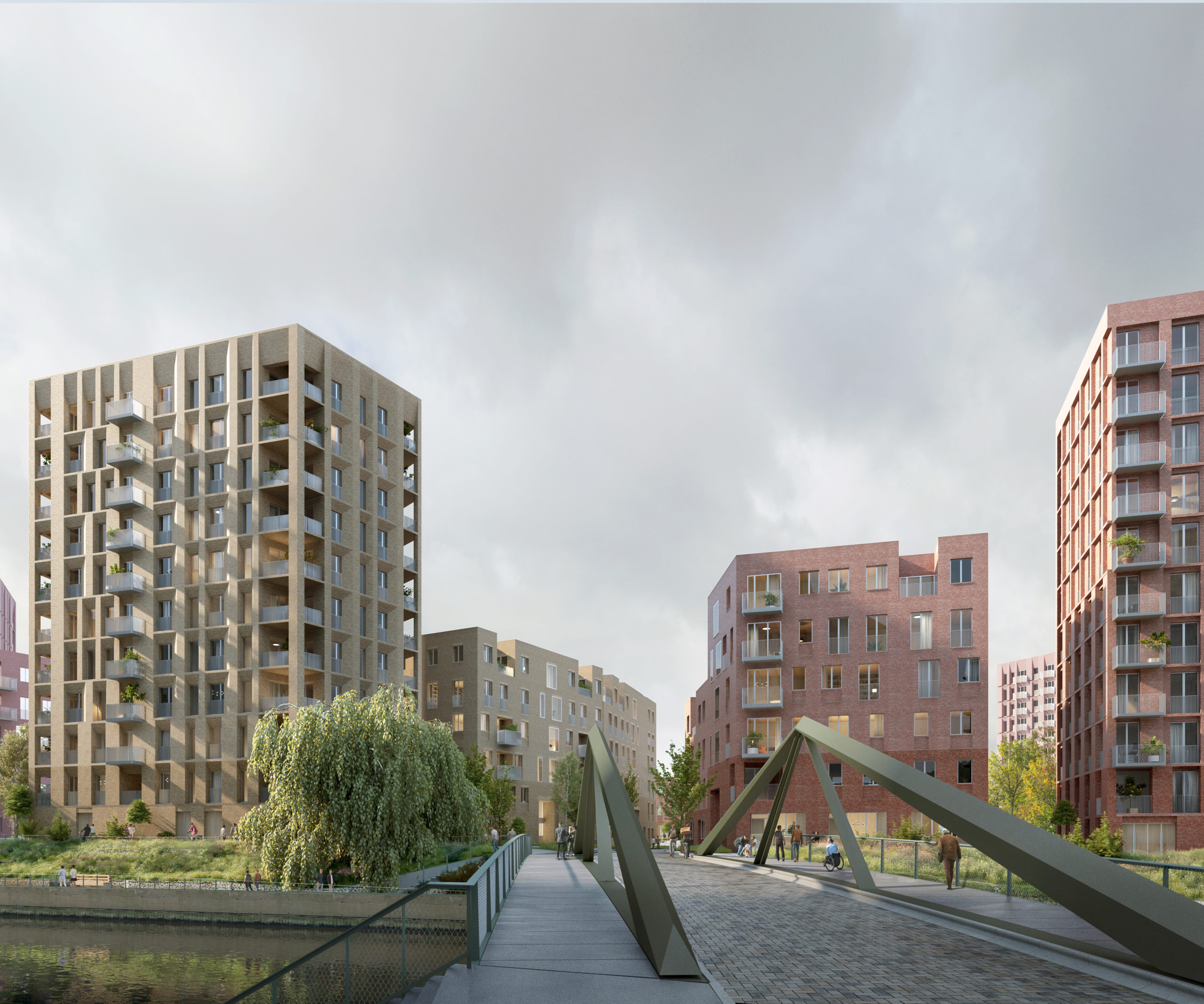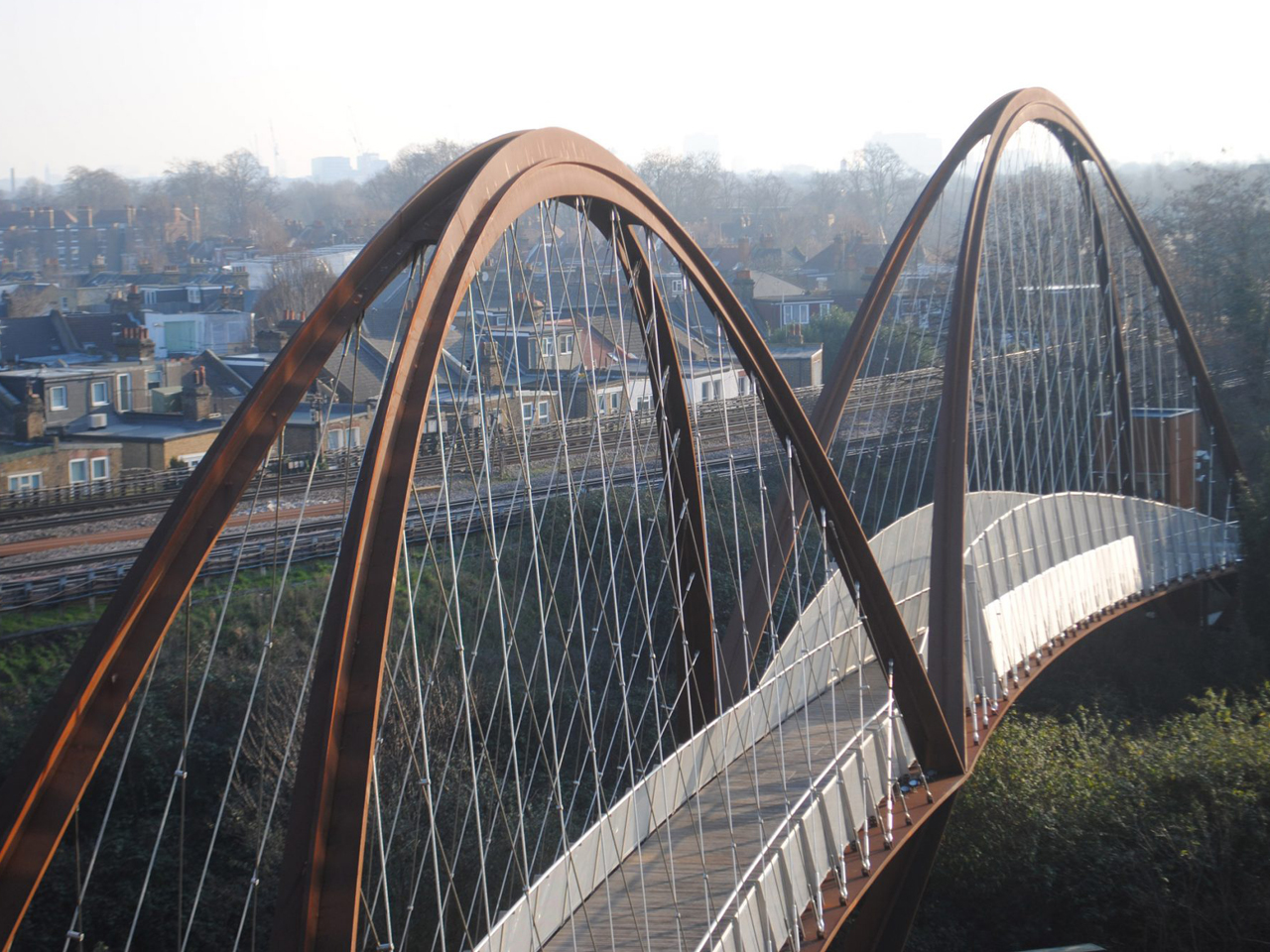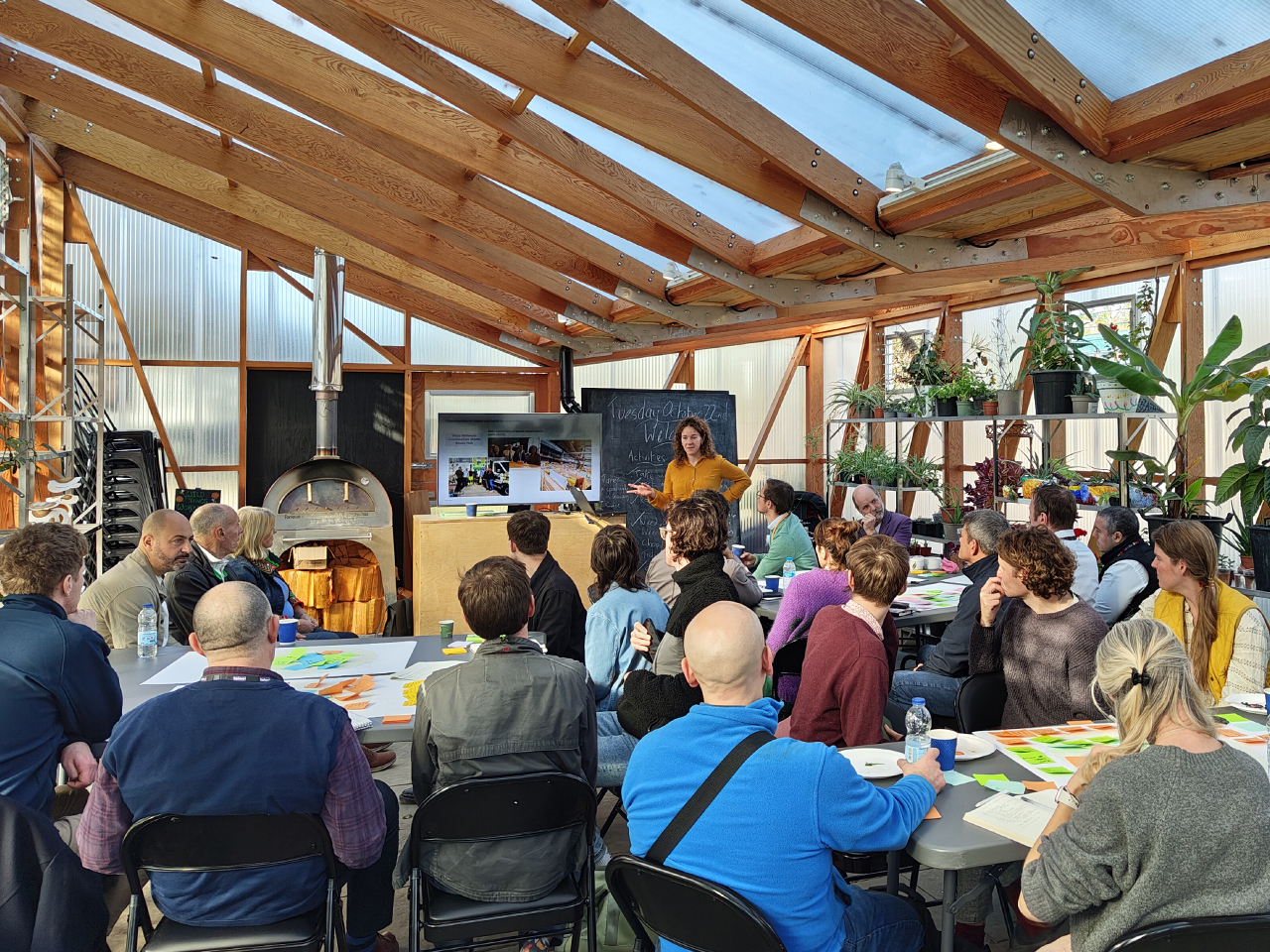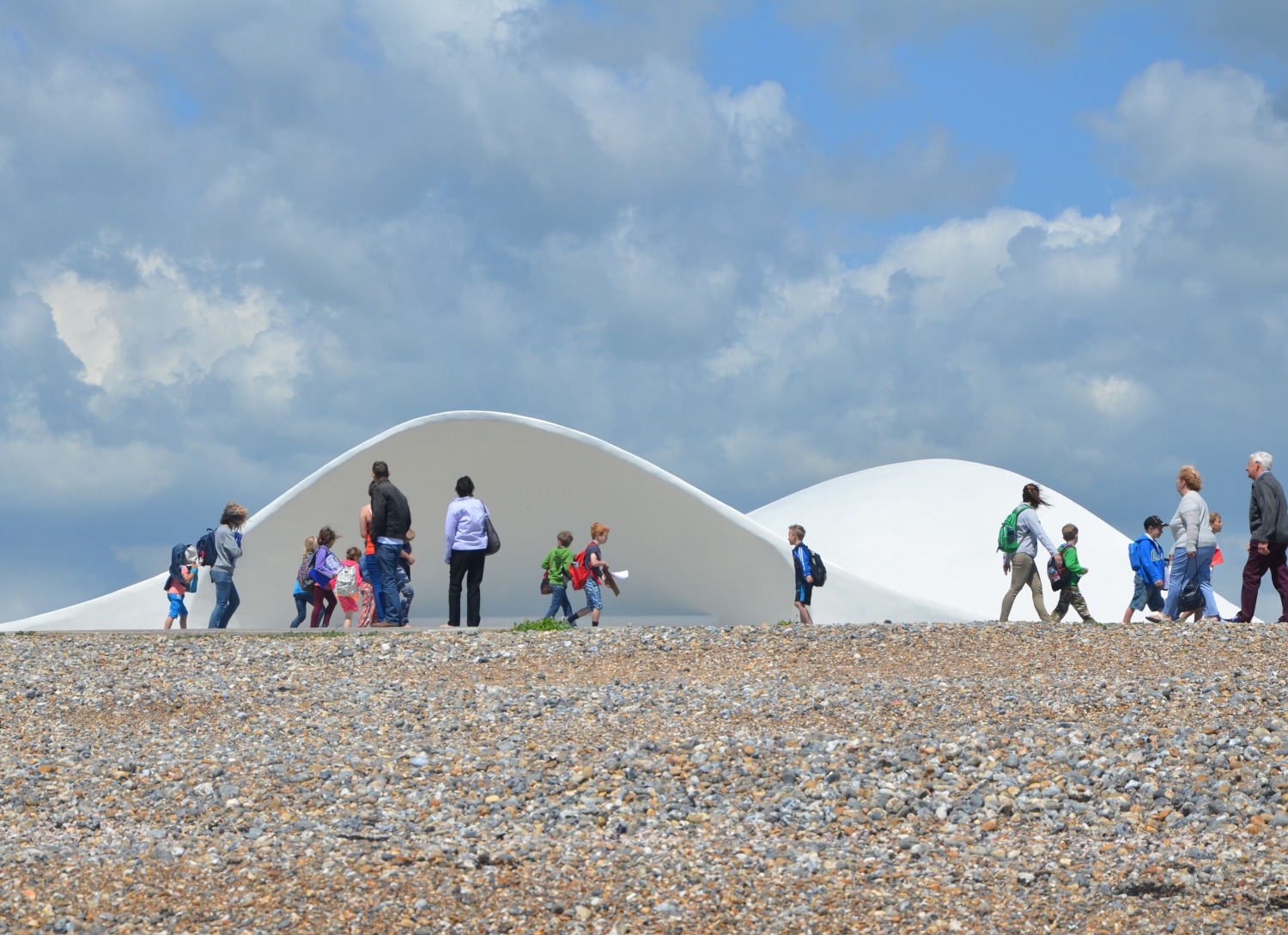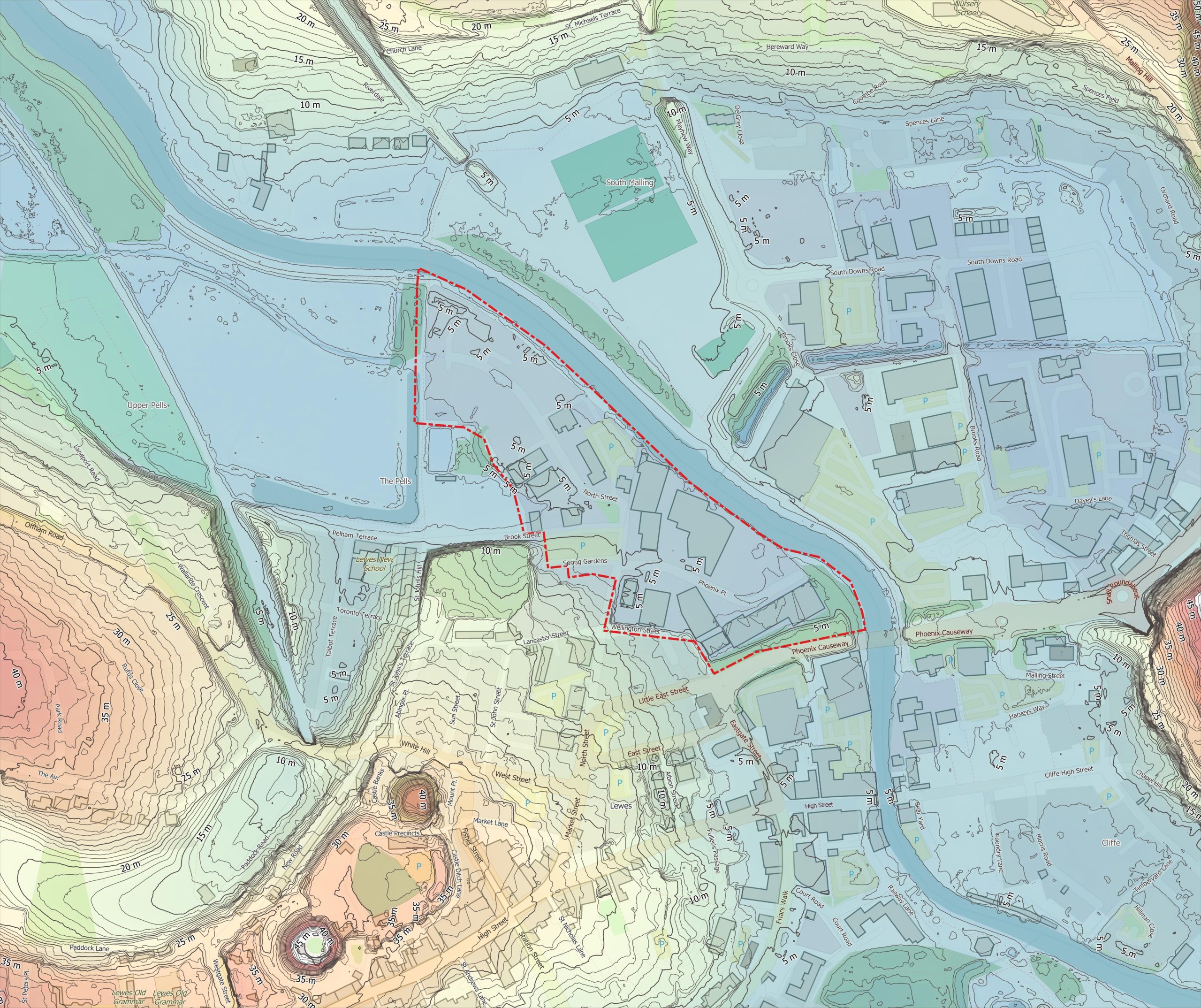Xiongan
Hebei Province, China
Through a competition entry with architect Ricardo Bofill, Expedition was commissioned to carry out sustainability masterplanning for water management and the circular economy for the ‘smart’ in the new city of Xiongan in northern China. Due to its location, Beijing’s latest satellite city faces a big challenge in terms of water supply.
Developing a water strategy for the ‘smart town’ area of Xiongan meant balancing potentially conflicting requirements; depending on the season, the city suffers either an excess, or a shortage of water.
The threat of flooding is severe in the rainy season when the levels of Lake Baiyang rise by several metres, but at other times of the year, water is scarce in this part of China. We considered how the two could be balanced by providing the means to retain floodwater in the city for use in drier times.
The masterplan includes the creation of some 26 million m2 of building floorspace, with a mix of commercial, scientific research, public facilities, transport hub and residential uses, as well as high quality public realm and landscape. Water is central to the masterplan, with creation of two new river corridors, wetlands at the interface with Lake Baiyang, to control flooding and integrate the water cycle into the landscape.
We proposed that the urban watercourses and wetlands be used to store floodwater and runoff when appropriate, with artificial intelligence and real-time weather monitoring used to harvest or release water as necessary, depending on what conditions were predicted in the immediate future.
This approach was combined with a strategy to minimise water use by specifying efficient toilets, showers, washing machines and so on, and reusing water wherever possible. By these means we reduced the water footprint of the masterplan by 75% compared to a standard footprint, and did it in a land, cost and material-efficient way, in a region of China where water is particularly scarce.
The second piece of work for Xiongan was to develop a circular economy and waste management strategy for the construction and operation phases, including an integrated system for the manufacture, distribution, use and reuse of building components, materials and products.
Images courtesy of Ricardo Bofill Taller de Arquitectura


